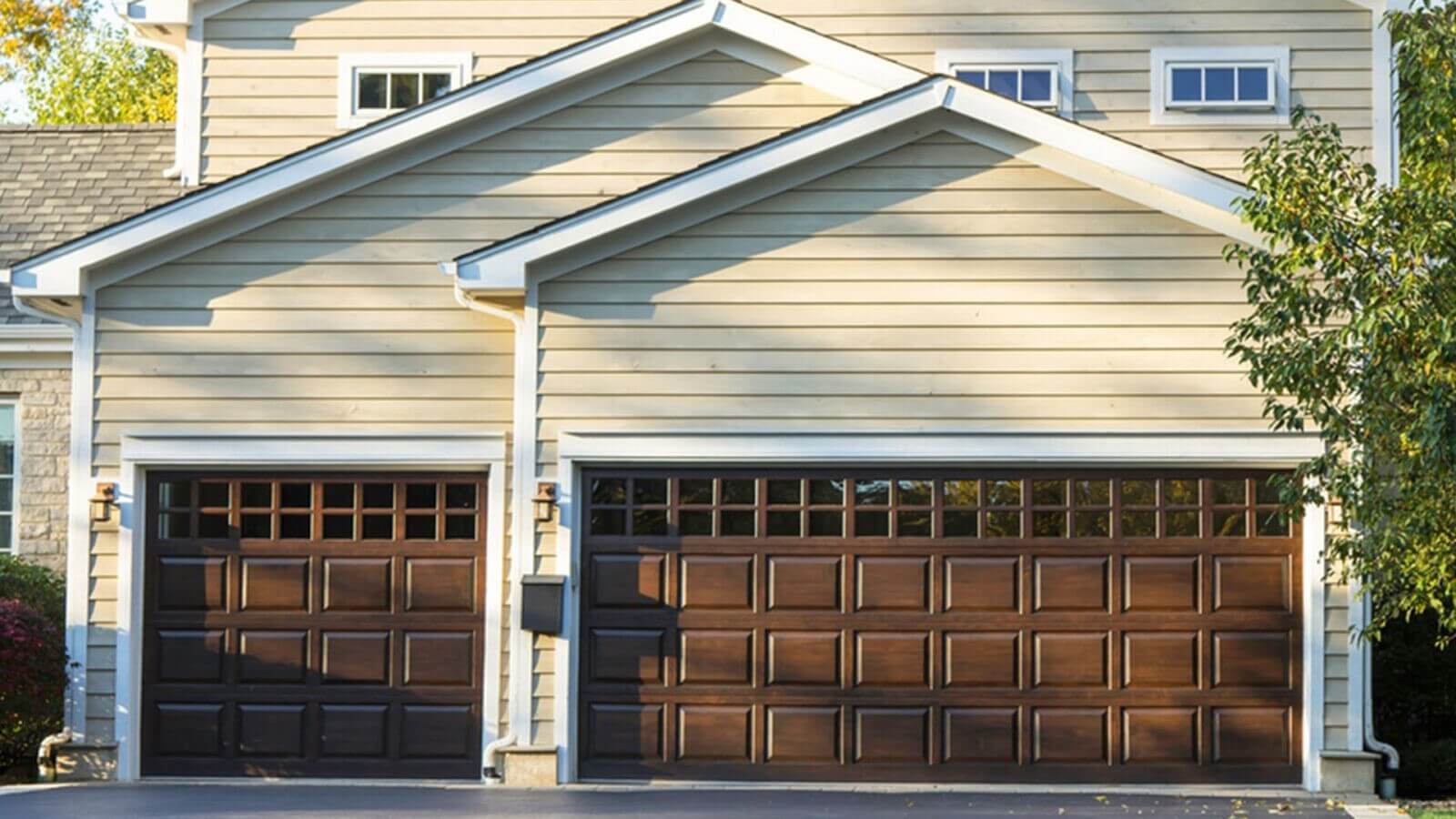Broken Torsion Spring? Learn How to Manually Operate Your Garage Door
Garage doors are a vital part of our homes, providing security and convenience. However, they can sometimes malfunction, particularly when the torsion spring breaks. If you've found yourself in this predicament, don’t panic! In this comprehensive guide, we'll walk you through how to operate your garage door manually when faced with a broken torsion spring.

Understanding Garage Door Mechanisms
What is a Torsion Spring?
A torsion spring is a crucial component in the garage door system that helps lift and lower the door smoothly. It works by storing potential energy when twisted and releases that energy to assist in raising the door. When it breaks, the door may become heavy or impossible to open.
Signs of a Broken Torsion Spring
It’s essential to recognize the signs of a faulty torsion spring early on:
- Difficulty Opening: The garage door feels extremely heavy.
- Unusual Noises: You may hear popping, snapping, or grinding noises.
- Visible Damage: Look for gaps or breaks in the spring itself.
- Door Misalignment: The door might be crooked or off-balance.
If you're experiencing any of these issues, it's likely that your torsion spring is broken.
Is It Safe to Operate My Garage Door Manually?
Assessing Risks Before Manual Operation
Before attempting to manually operate your garage door with a broken torsion spring, consider the risks involved:
- Weight of the Door: Garage doors can weigh several hundred pounds. Lifting them without assistance can cause injury.
- Potential Damage: Forcing the door open may lead to further damage.
However, if you need immediate access and understand the risks involved, you can proceed cautiously.

Preparing for Manual Operation
Gather Necessary Tools and Equipment
Before you begin, ensure you have the following tools:
Equipping yourself with these tools will make your task easier and safer.
Safety Precautions
When operating your garage door manually:
- Always wear safety glasses and gloves.
- Never work alone; have someone nearby to assist if needed.
- Keep children and pets away from the area while working.
How to Manually Operate Your Garage Door
Step-by-Step Guide for Manual Operation
1. Disconnect the Door from the Opener
Locate the release cord (often red) hanging from your garage door opener. Pull it down to https://neighborlypro.com/pasadena/garage-door-repair/ disconnect the door from its automatic mechanism.
2. Assess Your Garage Door’s Position
Make sure that your garage door is in a closed position before attempting to lift it manually.
3. Lift the Garage Door
With both hands on either side of the garage door:
- Grip firmly and lift slowly.
- Ensure you’re lifting evenly on both sides to prevent it from tipping over.
4. Secure the Door Open (if needed)
If you need to keep it open temporarily:
- Use wooden blocks or another sturdy object underneath it to prevent it from closing unexpectedly.
Using Emergency Releases Safely
In some models, there's an emergency release lever within reach of where you would pull down on your release cord. Be sure to follow manufacturer guidelines as each model may differ slightly in how this functions.
Temporary Solutions Until Professional Help Arrives
What You Can Do While Waiting for Repairs?
While waiting for professional help or until you can arrange for repairs via "garage door repair near me," here are some temporary solutions:
Recognizing When It’s Time for Professional Help
Signs You Need Expert Assistance
If you're unsure about handling repairs yourself due to safety concerns or complexity, it might be time to call in professionals:
- If there’s visible wear on other components,
- If you're uncomfortable lifting heavy objects,
- If repairs needed exceed simple troubleshooting.
Using "garage door repair near me" can help you find local services swiftly and efficiently!
Preventive Maintenance Tips for Torsion Springs
Regular Inspection Practices
To avoid future breakages:
Professional Maintenance Services
Consider scheduling annual maintenance checks with local experts who specialize in garage doors—they'll catch problems before they escalate!
FAQ Section
1. What causes a torsion spring to break?
Torsion springs can break due to wear over time, rust accumulation, improper installation, or extreme temperature changes affecting their integrity.
2. How long does a torsion spring typically last?
Most torsion springs last between 7–14 years based on usage frequency and maintenance practices.
3. Can I replace just one broken spring?
Yes! However, it's often recommended to replace both springs simultaneously since they usually experience equal wear over time.
4. Is it safe to use my garage without repairing the torsion spring?
No! Operating a garage without repairing a broken torsion spring poses significant safety risks; always address these issues promptly!
5. How much does it cost for professional repair?
Costs vary depending on location but typically range between $200-$500 per spring replacement including labor charges.
6. Should I attempt DIY repairs?
If you're experienced with mechanical tasks—perhaps! But for most homeowners calling "garage door repair near me" is safest!
Conclusion
Navigating through issues like a broken torsion spring doesn't have to be overwhelming! By understanding how your garage operates and knowing how to operate it manually during emergencies, you're empowered as a homeowner! Remember always prioritize safety first; when in doubt about repairing—reach out for professional assistance!
Now that you've learned how to handle such situations effectively—be proactive about maintenance so those pesky springs don't give out again anytime soon! Happy parking!
